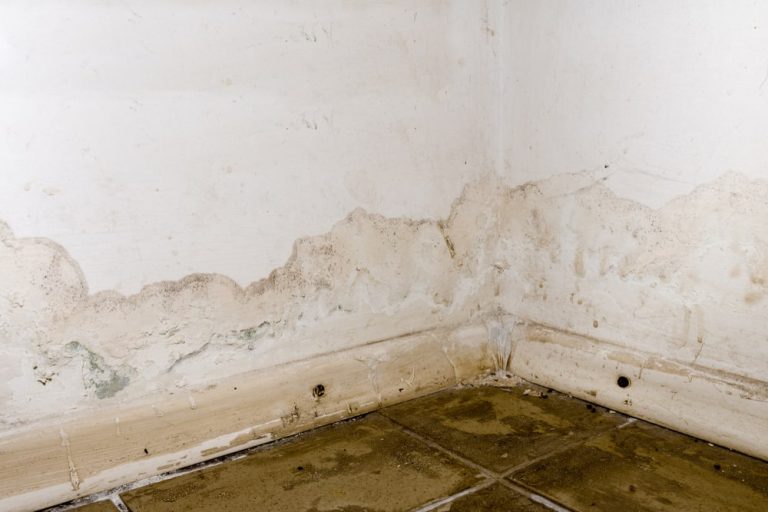A quick recap...
From this article you will have realised how common the causes of penetrating damp are! Did this article help you on your venture to explore the possible causes of your penetrating damp problem? It is absolutely our pleasure to help! If you would like to contact us regarding any damp and mould issues you may have, please do not hesitate! You’ll find our friendly colleagues are happy to help and provide advice wherever possible. Or maybe you would like to get in touch regarding cavity wall insulation removal? Your damp-free home is just one call away.



